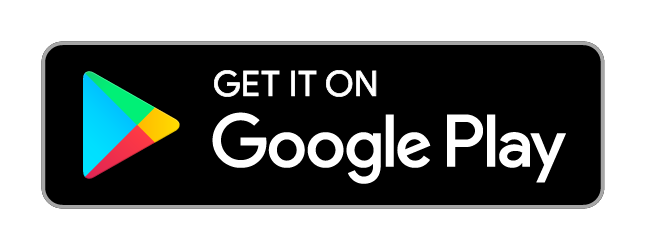Are 'kink' and 'poly' sexual orientation labels? Abi Brown looks at the way we define ourselves and our relationships.
Everyone has a gender orientation of some sort. It's about how they define their own gender, but also how they feel and behave as a result of that definition. Moreover, how do those things leave them feeling about their own body? I’m quite fond of the dictionary definition of ‘orientation’, which looks quite simple on the face of it. Orientation is defined as "a person's basic attitude, beliefs, or feelings in relation to a particular subject or issue." However, the more you think about it, the more you realise that simplicity is kind of deceptive.
A beginner’s guide to sexual orientation labels
Most people have a sexual orientation. This determines which genders of other people you’d like to have sexual and/or romantic relationships with. What is more, this is probably best expressed as a spectrum that has homosexuality at one end and heterosexuality at the other, with bisexuality and pansexuality in the middle.
The Y-axis of that spectrum is your romantic orientation. This is about who you actually fall in love with and want to have romantic relationships with. While it’s often the same as your sexual orientation it’s certainly not universally so. I’m sure that heterosexual homoromantics exist, but the more common example is someone who is bisexual or pansexual while also being homoromantic or heteroromantic.
But really it’s a three-dimensional graph with a Z-axis, because we’re also all on a spectrum that describes how sexual we are. Asexual people don’t feel sexual attraction to anybody, regardless of gender, and may or may not experience romantic attraction. Furthermore, demisexual people only feel sexual attraction to those with whom they are already in an established romantic relationship.
Taking sexual orientation labels to the next level
Once you’ve figured out all that stuff, the next step is to think about how you would like your relationships to function in practice. All relationships have rules and boundaries of some sort, whether they’re made explicit or not. One couple might have a rule that says “don’t fantasise sexually about anyone who isn’t the other partner”, while another might have “send me a text if you’re going to fuck someone at a party”.
Additionally, there’s what kind of sex you want to have. For a lot of people, it seems like this is innate, but ‘kinky’ and ‘vanilla’ are a bit overly simplistic. What about people who get really into tantra, or are devoted to the idea of the Freudian pleasure principle, for example?
Furthermore, you’ve got people who enjoy some of the things we’d call fetish, kink or BDSM, but don’t feel like they’re necessary. In contrast, there are the people who just can’t seem to get into vanilla sex at all. Besides, the whole thing is just too huge to contemplate. There are thousands of different kinds of kinks and fetishes, as well as a zillion versions of BDSM relationships.
I’m wary of labelling polyamory as a sexual orientation because it’s just an umbrella term for a sub-set of something that is universal to relationships. With kink, I’m wary of it because I think there are simply too many individual options. If “what kind of sex you like to have” is a sexual orientation spectrum, it’s so vast that it is rendered essentially meaningless.
The bottom line of sexual orientation
This all seems incredibly complicated, and there are lots of people who react to it all by just going “why do we need all these definitions? Why can’t we just get on with it?” I can see their point, but it’s crucial that we think and talk about this stuff. There isn’t a person on this planet who wouldn’t ultimately benefit from living in a world where the full spectrum of human experience was better tolerated and understood.
There are a lot of terms and words and spectrums of sexual orientation involved, because to a certain extent what we’re doing here is battling hypocognition. Most of the time, people can only fully understand an idea for which they have both language and a framework. These are complex ideas, and relatively new ones at that. Indeed, it is the kink and BDSM communities leading the effort to give people the language and the framework that they need to understand them.
Just to make everything even more complicated, the extreme ends of this spectrum of sexual orientation are sometimes described collectively as “monosexuality”. This refers to someone who is attracted exclusively to one gender.
Abi Brown is a freelance writer and general pen-for-hire devoted to genre fiction, social justice and M.A.C lipstick. Follow her on her website or @see_abi_write.
Has this article inspired you to explore a different sexual orientation? If so, join fetish.com for free and broaden your sexual horizons.
-min.jpg.eaea88468fbede2126f7cc95cec3980d.jpg)







Join the conversation
You can post now and register later. If you have an account, sign in now to post with your account.
There are no comments to display.